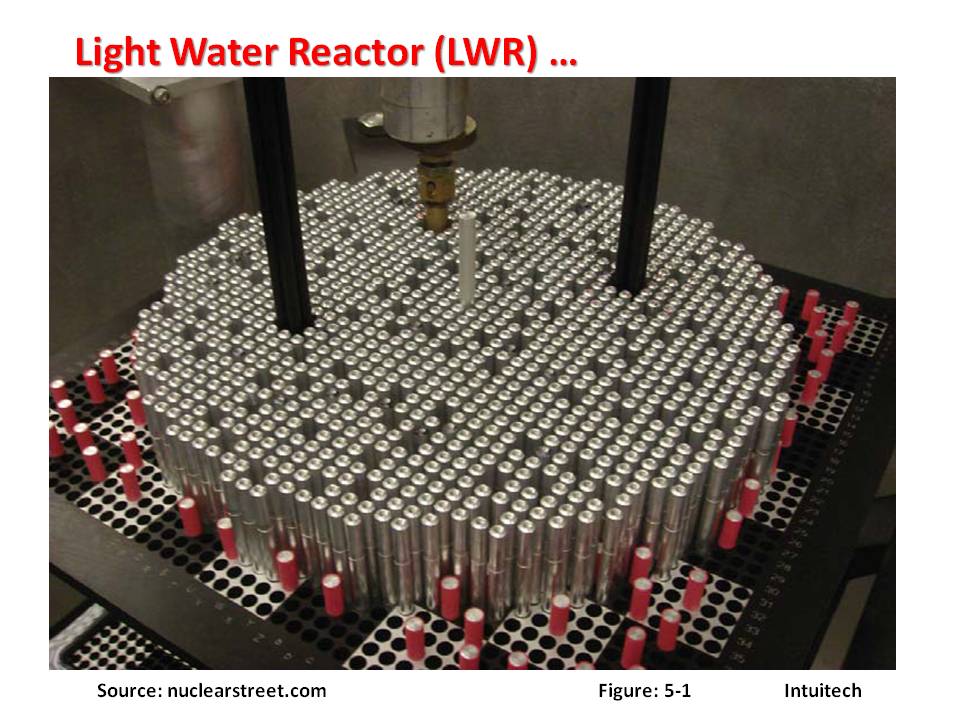
The fashion for nanotech and "multiscaling" in physics and chemistry has been created from the "above", from and by scientific officials because they felt for many years, since the 80s might be, that nothing in a sense of real progress, advancement is going on.
So, they created instead of many decades existing atomic physics, colloidal chemistry and etc., the thing that is the science, that pays more attention to the Atomic scale phenomena, just to have ability to seek more money for funding.
Any successes? Not really, ordinary forwarding steps in molecular physics, colloidal chemistry, high resolution optical experiments.
The same is with the nuclear engineering, nuclear physics. This science is stalled, one of the reasons it is because its fundamentals are uncertain, and even full of conjectures - read the studies by R.Santilli and many other professionals that disagree with the conventional "reading" of nuclear data.
Another cause is the series of nuclear stations incidents, one is at the Chernobyl atomic power station. I was living close by in Kiev, in a few tens of kilometers from the station at the time of disaster. I was close to the topic and in the scientific sense - I was engaged in the environmental engineering and Chernobyl clean-up assessment studies.
More on that - I was washing my shoes and cleaning the cloths each time upon returning from the outside, from streets. There were almost no kids in Kiev in that summer 1986.
We were in the closed windows apartment living conditions throughout the whole hot summer and autumn time of 1986.
That means, I am familiar with nuclear power engineering from inside and out.
One of the main reasons for Chernobyl nuclear disaster was the problem with the control, with the meltdown of reactor's core.
Apart of the human factor and design imperfections.
What is the control of nuclear reactor function - it is an on-time responce to the changing conditions mainly with the temperature and pressure in various components and parts of the reactor.
Well, we know that the reactor's core is not just the some points inside of the fuel lump sum

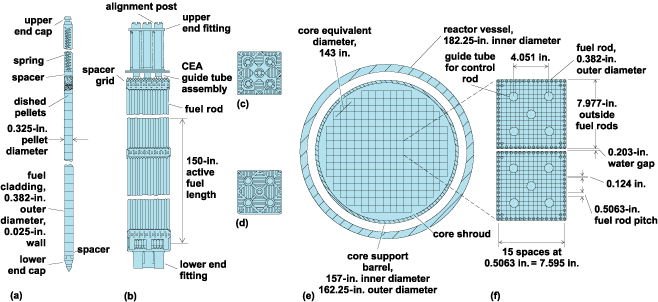
Schematic of LWR core elements and the cross section of the core's nuclear assembly

Fuel rods assembly - just one element of the core
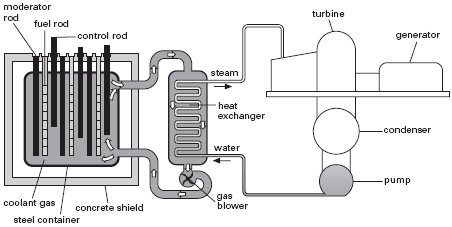
Schematic of nuclear reactor
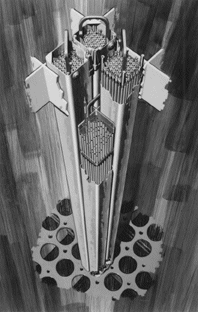
Elements of the core's nuclear assembly
No, the fuel assemly is the whole number of the internal reactor's structures, first of all of its composite fuel rods, gaseous fuel different channels, or pebbles assembly that causes the temperature change, fluxes flow as at some points and as in a whole body of assembly.
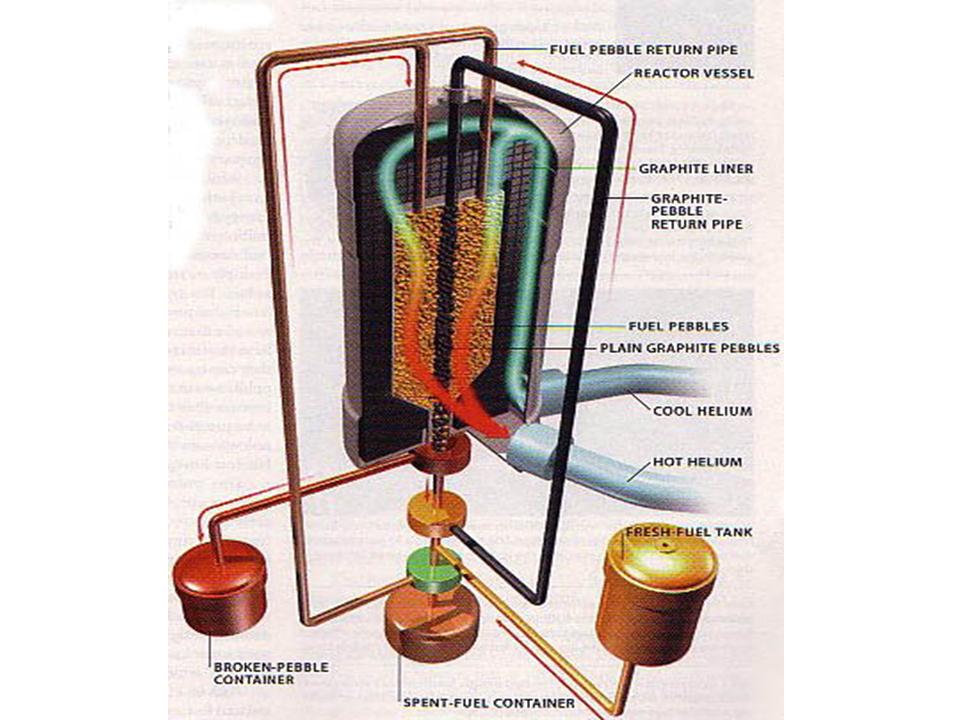
Pebble Bed Nuclear Reactor, Kadak (2005)
As everyone can see, the nuclear fuel assembly is the polyscale physical phenomena structure.
Regarding the nuclear technology for the pebble (as well as usual LWR)
core nuclear reactor function I remember the story - How the usual scientific establishment meets the idea of scaled hierarchical concept, presentation and commencing of modeling of nuclear core heat (only) generation and transport at the beginning of the 90s at the MAE department of UCLA.
Since the design and physics of nuclear fuel rod, channels, and pebble assemblies for the reactors of different types and generations are still polyscale heterogeneous, it was obvious for myself from the time of the earlier 80s, when I was affiliated with the studies of nuclear underground explosions, that the only correct approach to model the heat generation and transport in that kind of assemblies is to address the problem(s) with the tools reflecting the scaling of physical phenomena.
Already at the MAE (then, at the beginning of the 90s, it was named as MANE - Mechanical, Aerospace and Nuclear Engineering) department of UCLA I raised this issue (~1991) for a few times with prof. I.Catton, then he was the member of the US Nuclear Regulatory Commission (before Clinton took charge of the presidency it seemed to be the gathering of the republican majority), asking him to get the opinions about hierarchical structure of nuclear reactors transport phenomena from the department's faculty nuclear engineering professors - D.Okrent, M.Abdou, G.Apostolakis, G.Pomraning, etc.
I knew that as a newcomer and of the lower rank researcher at the department, they won't be acute to my words, actually they won't even understand what I would talk about to them. The full history of 20 years communication to the professors level researchers in the US has proven this thesis. The same is, by the way, and of Europe and USSR, RF professors qualification level. I.Catton was the upper qualification and mind personality.
I.Catton returned the ball with a grim smile saying they are not interested. Since then, for 20 years, some professors at this department and others, who left for various Nuclear departments in the country because of the down turn of interest and financing from the government agencies, have been studying and teaching on the pebble and blanket thermal physics, heat transport in nuclear engineering as of the one scale homogeneous matter.
Can anyone in a reasonable, sober mind's mode say that these are not a scaled technology subjects ?
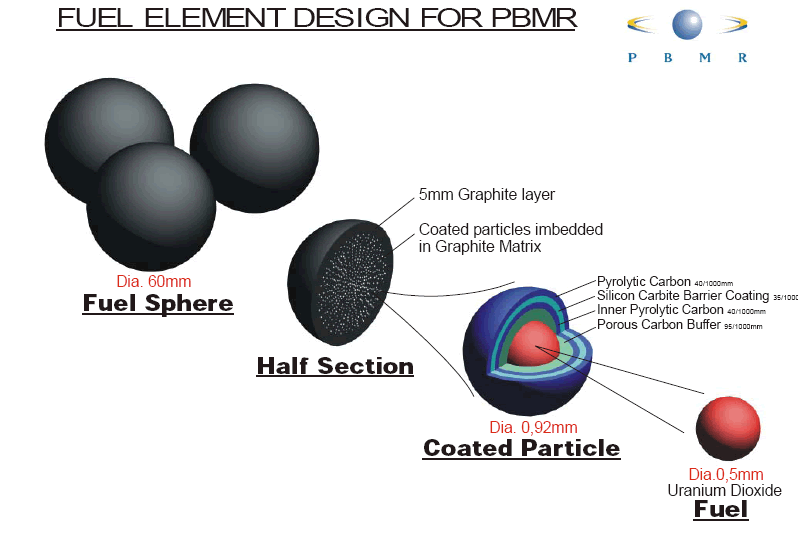
Kadak (2004, 2005)
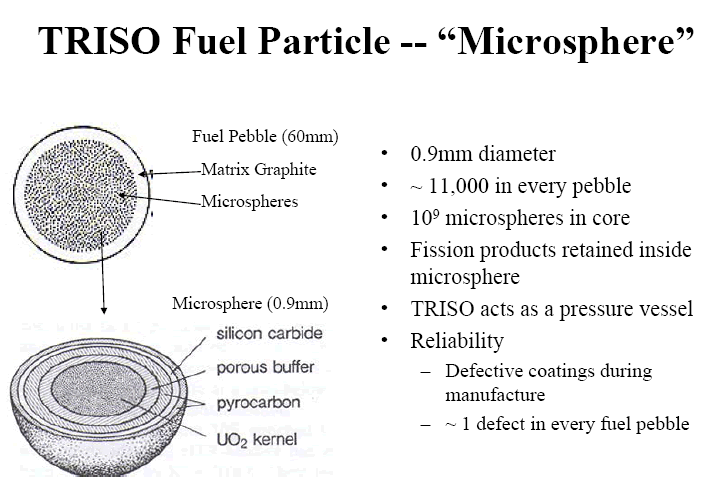
Kadak (2004, 2005)
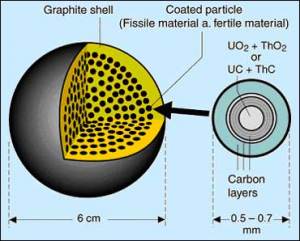
Kadak (2004, 2005)
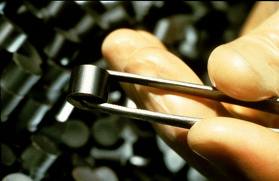
Pellets for LWR rods; while every one of these pellets is the 2 scale down, at least, composite
The present conventional one scale homogeneous physics modeling in nuclear engineering can not even formulate and simulate correctly the neutron and nucleus' transport and heat generation in these above nuclear fuel scale media.
The problem is in the qualification of these professors. It is known that most of technical, engineering professionals, university professors have been taught during their undergraduate and graduate education on the conventional type of mathematics, of XIX century mostly.
That is not unusual or incorrect for all, but suits only for a Conventional, incremental (slow path, up to the retirement) small step by step progress in their known disciplines.
Which happens all the time.
These professors are teaching students on their known sciences, they transfer, delegate to the next generations of specialists the basic knowledge in their crafts.
Which is why we have so slow progress in most of sciences and technologies, but semiconductor and optical engineering. Only by tens of years can be counted an outstanding moves forward, advancements that change the industries, like at the beginning of the XX-th century.
Homogeneous studies in nuclear physics and engineering are the waste of time and money, because the accuracy and physical effects are lost and even are uncertain when complicated phenomena substituted by simplified, conjecture based one scale homogeneous physics models.
More on that is that the future the III-rd and IV-th generations nuclear reactors won't be modeled and designed properly if done with the Homogeneous physics theories.
That is why it can be stated that the optimal design for a fuel core and HEs for these reactors is unachievable when the one-scale homogeneous physics theories used - "Education, Courses".
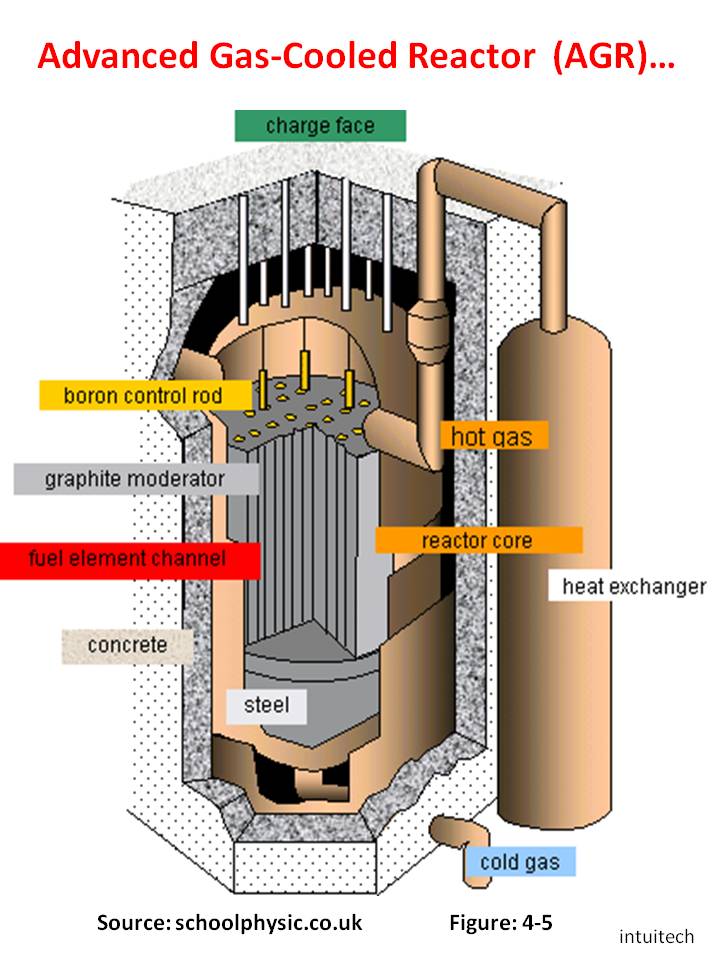
This is of more interest as long as the passive safety systems for III-rd and IV-th generations require the most precise and responsive physical models to operate with.
The only thing researchers have been relying upon so far is an implication of the most powerful method of all - it is the selection, adjusting the coefficients while matching the data. Well, that is the obsolete approach, and as the history of nuclear disasters shows, even a dangerous knowledge.
Kadak, A.C., "High Temperature Gas Reactors," MIT Presentation, Briefing to Digital Power Capital, (2005 ?)
Kadak, A.C., "High Temperature Gas Reactors," MIT Presentation, (2004 ?)
Dugan, E.T., "Interim Report on Neutronic Analysis of Hauck Gas Core Reactors for Terrestrial Power Applications," University of Florida, (2009)
http://intuitech.biz/?p=9579 (Chapter 08: Generation IV Advanced Nuclear Reactors)
![]()

![]()